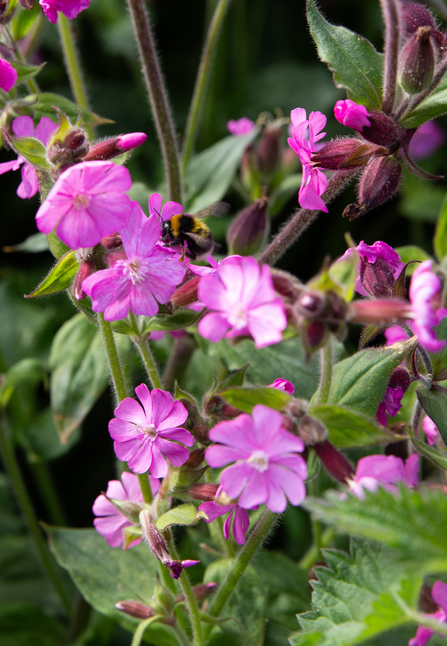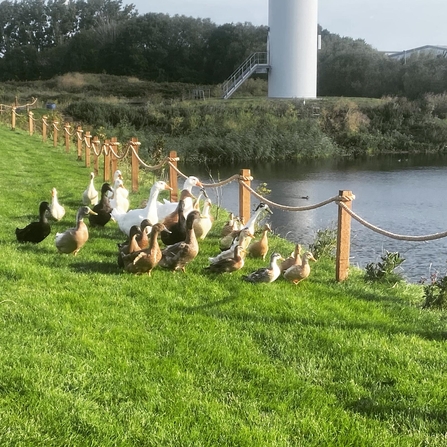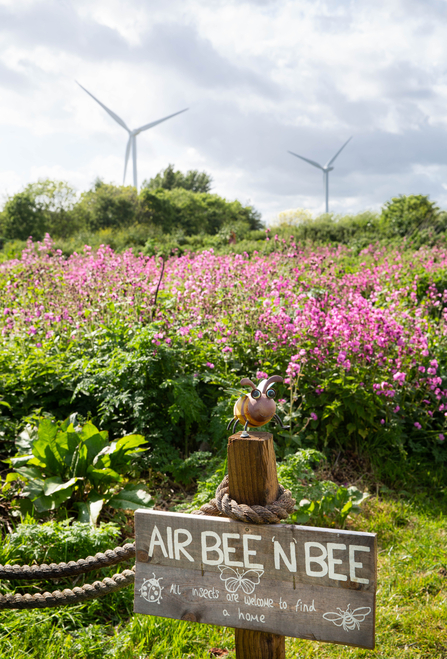GENeco mainly spend their days converting 700,000 tonnes/ year of organic waste, primarily food waste and sewage, into green energy, biofertilizers and low emission vehicle fuels that benefit people and planet. Their operations are sustainability focused, zero-waste-to-landfill and carbon neutral.
Jenny Harrison, Waste and Resources Advisor at GENeco said, “We take pride in our innovative ideas such as the Bio-Bee's which are the UK’s first refuse collection vehicles to be powered by the food waste they collect.”
The Bio-Bees were so named as, like ordinary bee’s, they do good work for the environment by collecting valuable natural resources every day and bringing them back to a central hive to be turned into useful products.
“We’ve done lots of work engaging with environmental goals in terms of reducing carbon emissions, producing renewable energy and recycling but there was a growing sense within the team that we could do more to help our local area and the pollinators which the Bio-Bee's were named for.”




